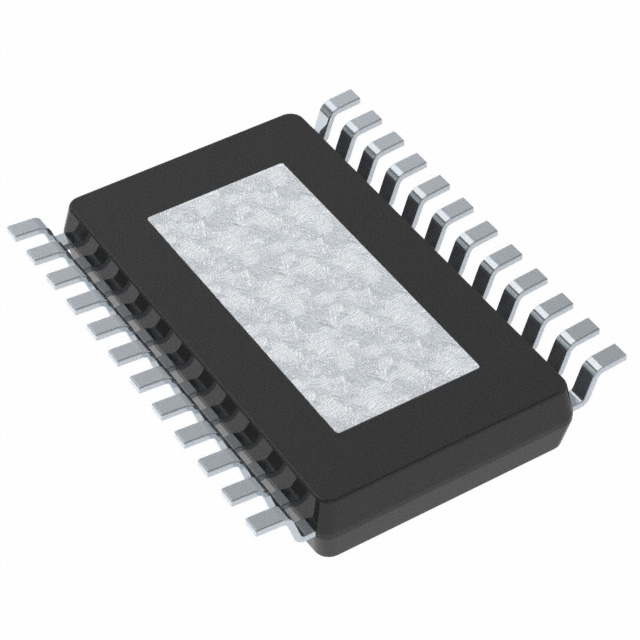Technical Specifications
Parameters and characteristics for this part
| Specification | L9942XP1 |
|---|---|
| Current - Output | 1.3 A |
| Function | Driver - Fully Integrated, Control and Power Stage |
| Grade | Automotive |
| Interface | SPI |
| Motor Type - Stepper | Bipolar |
| Mounting Type | Surface Mount |
| Operating Temperature [Max] | 150 °C |
| Operating Temperature [Min] | -40 °C |
| Output Configuration | Half Bridge (4) |
| Package / Case | 24-PowerBSOP |
| Package / Case [y] | 7.5 mm |
| Package / Case [y] | 0.295 in |
| Step Resolution | 1/8, 1, 1/16, 1/32, 1/2 |
| Supplier Device Package | PowerSSO-24 |
| Technology | DMOS |
| Voltage - Load [Max] | 20 V |
| Voltage - Load [Min] | 7 V |
| Voltage - Supply [Max] | 5.3 V |
| Voltage - Supply [Min] | 3 V |
Pricing
Prices provided here are for design reference only. For realtime values and availability, please visit the distributors directly
| Distributor | Package | Quantity | $ | |
|---|---|---|---|---|
Description
General part information
L9942 Series
The L9942 is an integrated stepper motor driver for bipolar stepper motors with microstepping and programmable current profile look-up-table to allow a flexible adaptation of the stepper motor characteristics and intended operating conditions. It is possible to use different current profiles depending on target criteria: audible noise, vibrations, rotation speed or torque. The decay mode used in PWM-current control circuit can be programmed to slow-, fast-, mixed-and auto-decay. In autodecay mode device will use slow decay mode if the current for the next step will increase and the fast decay or mixed decay mode if the current will decrease. The programmable stall detection is useful in case of head lamp leveling and bending light application, by preventing to run the motor too long time in stall for position alignment. If a stall is detected, the alignment process is closed and the noise is minimized.



